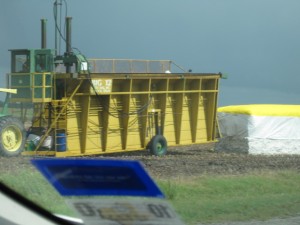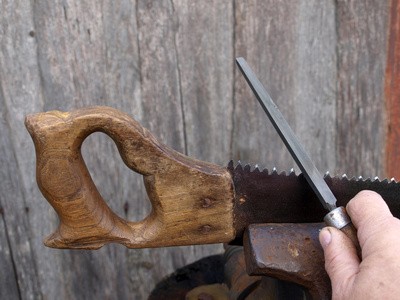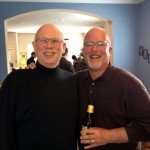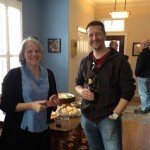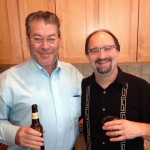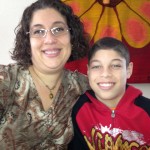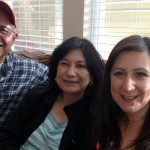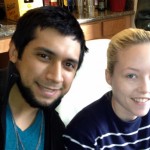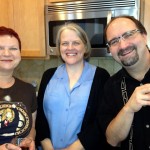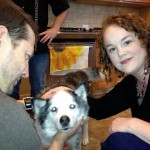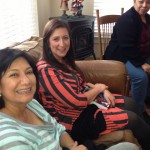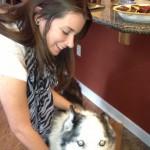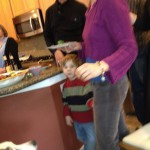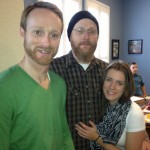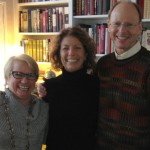
I want to welcome Gary Eddings to the blog. Gary has a new novel which has just been released this month, which I’m hoping he’ll be telling us about. First I’d like to take with you about work work as a write. I’m always curious about what jazzes creative artists. Where do you find the inspiration for your writing?
I’ve always had a reason to write. It used to be more on the technical side when I worked in the Fire Service before I retired. Now it has evolved into a desire to tell stories with a Native American influence in the present day. What are their challenges? What stories might they like to read that highlight their cultures? Other than historical fiction and non-fiction, there just aren’t that many stories revolving around Native Americans that involve adventure and thriller themes. The history of the tribes is essential, but where has that history led in today’s world. The Native American has been underserved and I saw a place to jump in.
What are you reading? Any favorites?
These days most of what I read is books and blogs that illustrate Native cultures and information needed for making the stories believable, like The Traditional Bowyers Bible (about bow and arrow construction) and Guns a Visual History or Yellow Wolf His Own Story.
However, one of my most favorite authors is Patrick McManus who has written volumes of small books of compiled fiction stories he has had published in various hunting and fishing magazines over the years. One of my favorites is Real Ponies Don’t Go Oink! If your family was into camping or lived on a farm, this is great comic relief!
What do you find to be the most challenging thing about being a writer? And how do you cope with the challenge?
It is a challenge to write every day. When you work at home, there’s always a TV show you can’t miss or phone calls you feel obligated to answer (especially from family members). The way I eventually handled that was to declare to all that I know that I have a set of working hours and would appreciate no interruptions (except emergencies) during that time. I usually don’t answer the phone, but caller ID allows me to make exceptions listed on my mental list of “people you can talk to.”
One challenge that hangs prominently in the middle is my computer. Great writing tool. Great research tool. Great advertisement tool. Lousy thing to get tied up on social sites when you know you should be doing something else, though. I’m still working on that, but did you know that John Wayne got costumed up as a big fluffy blue bunny rabbit one Halloween and allowed himself to be seen on TV that way?
It’s going to take some time for me to get the image of the Duke as a fluffy bunny out of my head. Thanks for that Gary. What do you like the most about being a writer?
Writing fiction takes me into a world of “what if’s” and allows me to explore my characters’ reactions to that world. For instance, my character could be a face-down in the gutter, hopeless drunk with no hope of redemption and I don’t have to be that; or the character can be a regular modern day Sitting Bull and I don’t have to be that. By the time I finish a manuscript, I have been able to live and hopefully understand that character vicariously enough to make the character interesting.
Tell us about your novel BUFFALO HUMP.
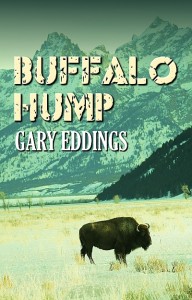
In Buffalo Hump I borrowed some of my own life experiences with that of a friend of mine from my high school days in Central Idaho. He was a full-blood Nez Perceand a descendant of Chief Lawyer. I decided to make this Nez Perce and white guy long-time friends who had worked a recreational gold mining claim over the years for a month each summer. These two were always harping at each other for one thing or another.
This time Jack the Irish white guy discovered a very large gold nugget on the site before Pete his friend arrived. That started a whirlwind in their lives that involved corrupt officials and shady investment company business interests wanting what they had and their claim. They nearly killed Pete in the process. The bad guys didn’t take into account that the Nez Perce were still respectable warriors and failed to anticipate that Pete and Jack would have backup. Their mistake.
Which of your characters is your favorite? Why?
While I really like the two main characters a lot, my most favorite is a dog named Numbnuts. He doesn’t like white folks much and tends to make a certain meaningful connection with them when they meet. He is Pete’s dad’s dog.
Thanks for sharing yourself with us today. Is there anything you’d like to add?
I appreciate the space you’ve given me to talk about myself and my work, Richard. If readers would like to follow me, they can find me at nnovelist.blogspot.com or Gary Eddings, Author on my Facebook page.
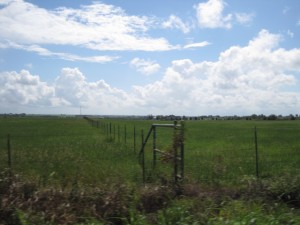 The world of Nick Sibelius, the protagonist in TOXIC RELATIONSHIP and the upcoming DIRTY WATER (look for it June 2013) is Central Texas. He lives in an Airstream trailer on a piece of land east of Pflugerville, a bedroom community northeast of Austin. I first moved to Austin in 1968. Back then, Pflugerville was a little town outside of Austin I recall visiting for BBQ. The town, named after German immigrant Henry Pfluger in 1860, consisted of a post office and a general store. The Pflugers farmed and raised cattle on the edge of the Blackland Prairie. When the railroad arrived in 1904 the town expanded quickly. Soon cotton farmers, taking advantage of the fertile soil of the prairie, brought loads of cotton to town to be processed in the new cotton gin. I actually lived in Pflugerville from 1991 to 2009. In that time the population exploded from just over 4000 to over 50,000.
The world of Nick Sibelius, the protagonist in TOXIC RELATIONSHIP and the upcoming DIRTY WATER (look for it June 2013) is Central Texas. He lives in an Airstream trailer on a piece of land east of Pflugerville, a bedroom community northeast of Austin. I first moved to Austin in 1968. Back then, Pflugerville was a little town outside of Austin I recall visiting for BBQ. The town, named after German immigrant Henry Pfluger in 1860, consisted of a post office and a general store. The Pflugers farmed and raised cattle on the edge of the Blackland Prairie. When the railroad arrived in 1904 the town expanded quickly. Soon cotton farmers, taking advantage of the fertile soil of the prairie, brought loads of cotton to town to be processed in the new cotton gin. I actually lived in Pflugerville from 1991 to 2009. In that time the population exploded from just over 4000 to over 50,000.